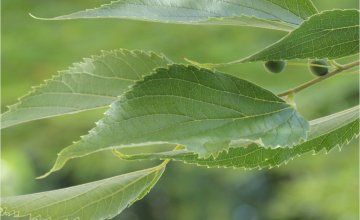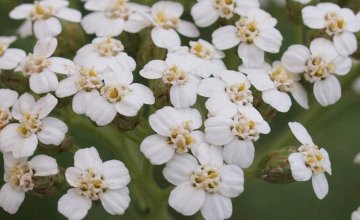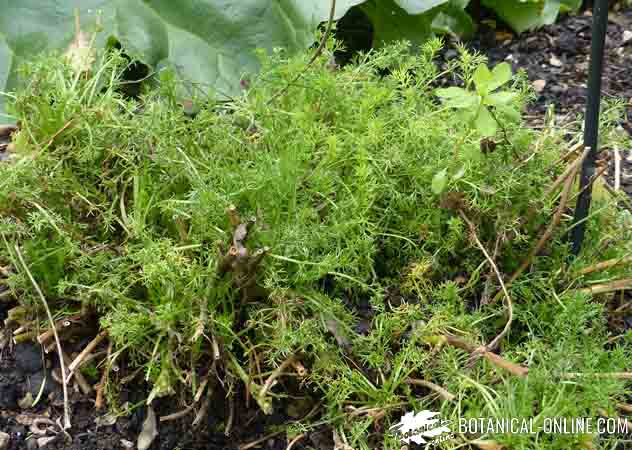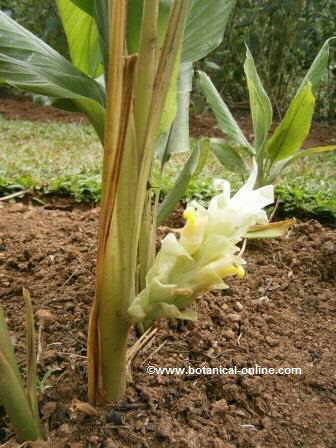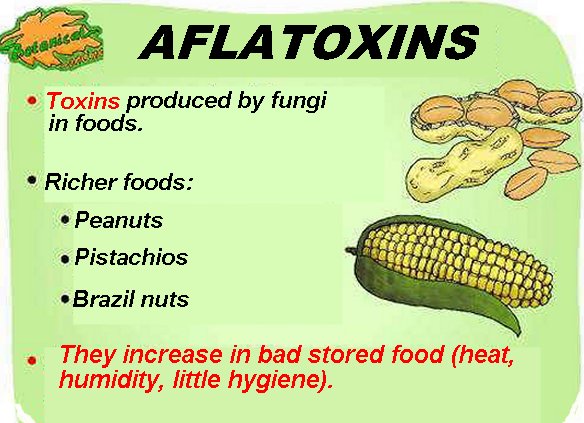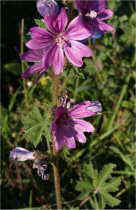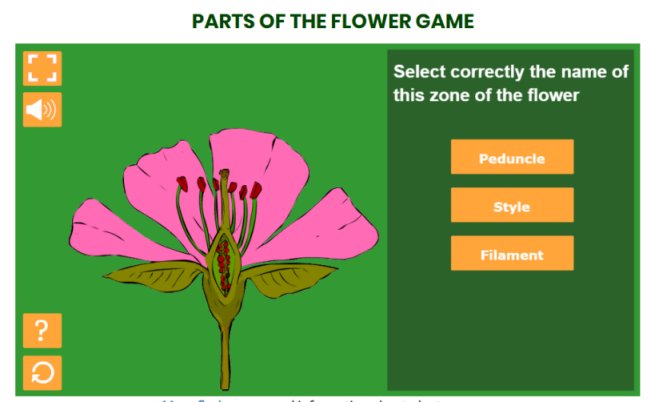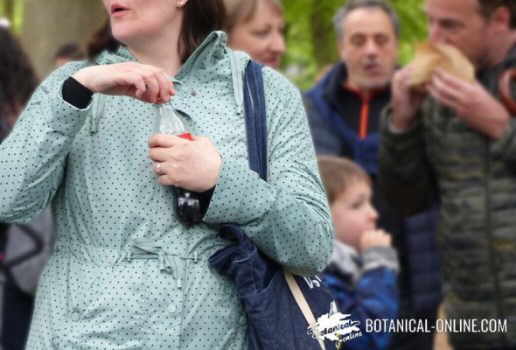Contents
What is an argan?
Characteristics of an argan (Argania spinosa)
Common English name: Argan, Moroccan ironwood tree
Argan derives from the word Berebere ‘arjân’, which in turn derives from rajnah, “to be enclosed.”
Scientific name: Argania spinosa (L.) Skeels.
Its scientific name alludes to the fact that this shrub possesses thorns.
Taxonomic synonyms: Argania sideroxylon Roemer & Schultes; Elaeodendron argan Retz.; Tekelia spinosa Scop.
Sideroxylon (“iron wood”) refers to its solid wood, used in construction.
* See: Argan in other languages
Family: Sapotaceae
| Botanical classification | |
| Kingdom | Plantae |
| Subkingdom | Tracheobionta Vascular plants |
| Superdivision | Spermatophyta Seed plant |
| Division | Magnoliophyta Flower plants |
| Class | Magnoliopsida Dicotyledonous |
| Order | Ericales o Ebenales |
| Family | Sapontaceae |
| Gender | Argania |
| Species | A. spinosa |
Habitat: Natural endemic species of the forest of Morocco and the second most abundant tree of the country. Its extension is widely distributed throughout North Africa. It is also found in Andalusia and the coast of Alicante (Spain).
Resistant to arid and dry climates, between 5 and 50ºC. Adapted to the sub-Saharan forests and the xeric climate (precipitations 100-400mm).
Botanical description of Argan
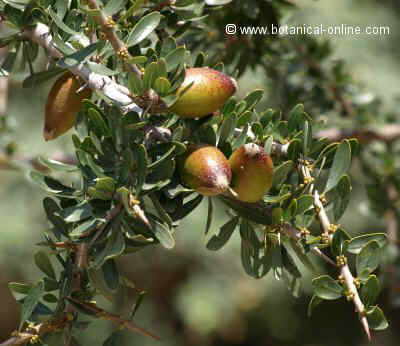
Photo of fruits, leaves and branches of argan (Argania spinosa)
Argania spinosa is a perennial tree that grows in sub-Saharan arid regions, especially north-west of Morocco, where it originates.
This tree or shrub is of small size, because it usually does not surpass 9 meters height; Although it has a slow growth and some specimens reach 250 years of age.
It has a rough, fissured and thorny stem; With a dense cup.
Leaves alternate, solitary or in groups, coriaceous, lanceolate, dark green, with a size between 2 and 2.5 centimeters long; 1-1.5 centimeters wide.
Argan flowers in April. Its flowers are yellowish green, small, between 4 and 5 millimeters long, arranged in axillary glomeruli. Rounded apex. They have 5 sepals, 5 petals and 5 stamens.
The fruit of Argan is a fleshy berry in the form of a false drupe. This fruit is ovoid, yellowish green, between 1.5 and 3 centimeters long; 1-1.5 cm wide. It has a bitter taste and in some regions is consumed raw.
The fruit ripens in June, when it has already acquired a brown color and is dry.
Inside it contains a hard almond called “argan nut”, which holds 1 seed.
Uses of Argan
- Timber: Argan wood is recognized for being durable and strong, which is why it is called the Moroccan ironwood tree. It is used in construction and as fuel.
- Fruit as food: Argan fruit is eaten raw in southwestern Morocco.
- Oil: A very appreciated oil is extracted from the seeds of the Argan fruit. This oil plays a very important role in cosmetics, although it is also used for cooking in the Berebere culture.
- Argan oil in the kitchen: excellent for frying because of its high content in Omega 9 which gives it stability to high temperatures. Good substitute of olive oil, with twice vitamin E. Taste similar to hazelnut, with aroma that resembles the roasted flavor.
- Argan oil in cosmetics: it provides moisturizing, protective and regenerating properties to the skin.
- Food for livestock: the by-products of the extraction of argan oil can be used to feed livestock. These are rich in carbohydrates, proteins and saponins with high energy value.
- Fuel: Argan fruit peels are used as fuel.
- Grazing: anyone who takes a hiking trip through Morocco will be able to observe along its route that where there is an Argan tree, there is a goat eating. This is a curious image but very common in the forests of Argan.
- Biosphere reserve: the range of the Argan forests in Morocco is a region declared by UNESCO Biosphere Reserve. The aridification of these ecosystems is compromising the disappearance of these forests. Various NGOs work in this territory to protect the ecosystem as well as to help develop the Berber populations.
- ‘Rare’ species: Argan is listed as a rare species and appears on the lists of threatened species of IUCN (2001), with a high risk of extinction.
![]() More information on argan
More information on argan

